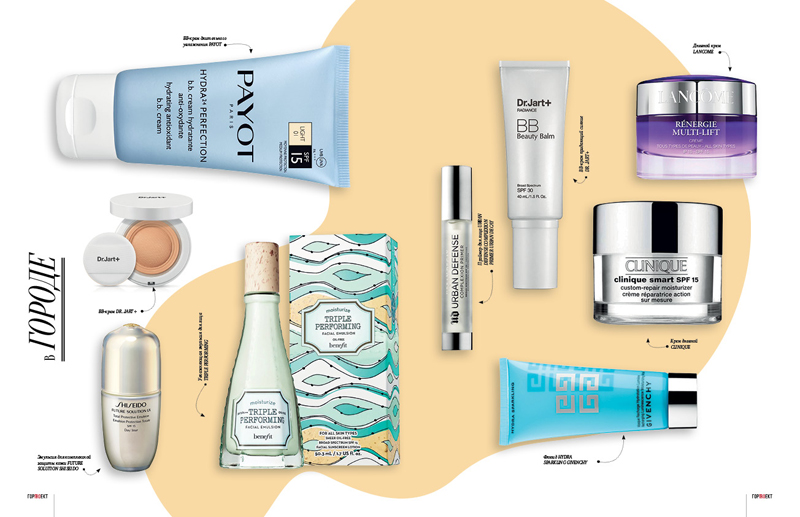Who among us does not love the sun? Undoubtedly, the sun's rays are sources of vitamin D, give us a boost of energy, so you should not avoid the sun, but it is still necessary to protect the skin.
Scientists have proven that every year the sun causes more and more harm to us and provokes early skin aging and the formation of cancer cells.
At the same time, improperly selected sunscreens can harm the body. There are two types of ultraviolet rays, one of them is UVA, which cannot cause a burn, but is no less dangerous, as it can provoke the appearance of age spots. The second type is UVB rays, which, in addition to affecting the premature aging of the skin, can provoke the development of cancer. Fortunately, most sunscreens can protect the skin from both. Photoaging, pigmentation, melanoma - this is what the word "tan" is associated with in the modern world. The popular pursuit of health is shifting beauty trends towards naturalness. The cosmetic industry keeps up with fashion trends and offers its picky customers new product lines with a "useful" composition. SPF can now be found even in decorative cosmetics. So is it worth throwing away a tube of your favorite cream if it does not have a sun protection factor? Let's try to figure it out.
What is SPF?
This is a sun protection factor that determines how long you can stay in the sun without the risk of sunburn. To understand which factor value to choose, there is a simple formula. For example, if the skin is very light and turns red in the sun after 5 minutes, you need to multiply this time by the SPF factor. If it is equal to 20, then you can be under ultraviolet for no more than 100 minutes (5 minutes SPF20). However, this formula is rather arbitrary. Why? Firstly, it is not easy to determine this safe period of time on your own. You need to know your skin tone. There are 6 in total, from lightest to darkest. The lighter the skin, the worse it perceives a tan and the less time it can be in the active sun. Secondly, the rate of manifestation of redness on the skin depends not only on its type, but also on the time of day (the most dangerous time for solar procedures is from 10 am to 4 pm), geographical location (radiation intensity increases closer to the equator), the amount of applied cream and its type (this is a special sunscreen or a simple caring cream for daily use).


How to choose the right product with SPF?
First you need to decide on the purpose of the purchase.
Do you need intense sun protection while relaxing on the beach or just want to protect your skin during the summer in the city? In the first case, it is better to choose cosmetic products from the line of waterproof sunscreens for face and body with a protection factor of at least 30 (it is not necessary to choose only high SPF values, because SPF30 blocks 97% of the rays).
They need to be applied in advance and reapplied every 2-3 hours, as recommended on the packaging of the product itself. In the second case, you can get by with simple decorative cosmetics containing a low SPF (no more than 15).
It can be a moisturizing day cream with SPF, and a primer, and foundation or BB / CC cream, and powder, and even lip products. It is important to remember that SPF is not cumulative, so you do not need to change all your usual cosmetics for daily makeup to a new one with a protection factor. One such product is enough. Another important criterion for choosing cosmetics with SPF is the composition.
There are two types of sunscreens: physical and chemical. Examples of physical filters: zinc oxide and titanium dioxide, chemical ones: tinosorb, avobenzone, octocrylene, etc. It is desirable that the product contains both types of filters in combination with antioxidants. Then the product will provide maximum protection from ultraviolet radiation and bring the least harm to the skin. The physical filters alone in the composition strongly condense the structure of the cream and will be good for use on the beach for the skin of the body.
But on the face, such a cream will not look very elegant, besides, it can clog pores and is completely unsuitable for problem skin. Chemical filters can oxidize, although they have a more pleasant texture, so they are not at all suitable for sensitive skin. The search for a product must be approached individually: observe your skin and study its features. In this case, choosing the optimal sunscreen will not be a difficult task.



 DOWNLOAD
DOWNLOAD LOOK
LOOK
 Top Content of the Month
Top Content of the Month


